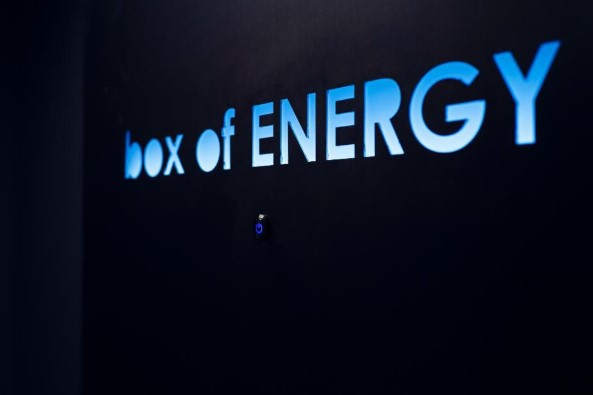
Large-scale energy storage used to be part of the future of energy. But it’s here now, and it’s going to become increasingly important in the years to come.
Clean energy researchers at Bloomberg NEF (BNEF) find that more than $1 trillion will be invested in the sector between now and 2040. The group’s latest Long-Term Energy Storage Outlook says that the “tumbling costs of utility-scale lithium-ion battery storage systems will transform the economic case for batteries in both the vehicle and the electricity sector”, predicting that prices will fall by 52% between 2018 and 2030, adding to the steep declines already experienced this decade.
This will lead to $1.2 trillion of investment flowing to the sector in the next 22 years, creating a cumulative capacity of 942GW, BNEF said. In the near term, the market will be dominated by South Korea and the US, but China will be the driving force from the 2020s onward.
Energy storage is key to helping governments decarbonize their economies by using more renewable energy because the dominant sources, wind and solar, are intermittent and do not provide constant power. “ Cheap batteries mean that wind and solar will increasingly be able to run when the wind isn’t blowing and the sun isn’t shining ,” the report says.
Yayoi Sekine, energy storage analyst for BNEF and co-author of the report, said: “We have become much more bullish about storage deployments since our last forecast a year ago. This is partly due to faster-than-expected falls in storage system costs, and partly to a greater focus on two emerging applications for the technology – electric vehicle charging, and energy access in remote regions.”
Logan Goldie-Scot, head of energy storage at BNEF, added: “We see energy storage growing to a point where it is equivalent to 7% of the total installed power capacity globally in 2040. The majority of storage capacity will be utility-scale until the mid-2030s, when behind the meter applications overtake.”
Behind-the-meter, or BTM, applications will be installed in business and industrial premises, and in millions of homes. For their owners, they will perform a variety of tasks, including shifting grid demand in order to reduce electricity costs, storing excess rooftop solar output, improving power quality and reliability, and earning fees for helping to smooth voltage on the grid.
Two thirds of installed capacity in 2040 will be in just nine markets – China, the US, India, Japan, Germany, France, Australia, South Korea and the UK, the Outlook says. However, there will also be rapid growth in other markets, especially emerging markets in Africa. Utilities are likely to “recognize increasingly that isolated assets combining solar, diesel and batteries are cheaper in far flung sites than either an extension of the main grid or a fossil-only generator,” the report says.
Energy storage can play a number of roles in the electricity system, helping to balance variable supply and demand, helping the grid operate more efficiently and allowing individual customers to cut their bills by cutting peak-time use . Eventually, it may be possible to aggregate lots of behind-the-meter projects to provide a viable alternative to utility-scale for many applications but it will take years before regulatory frameworks in some countries fully allow this, BNEF says.
Nonetheless, energy storage will become a practical alternative to new-build generation or network reinforcement, the analysts say.
But even with this rapid growth in the market, BNEF says that stationary storage sector will make up only 7% of total battery demand in 2040. “It will be dwarfed by the electrical vehicle market, which will more materially impact the supply-demand balance and prices for metals such as lithium and cobalt,” the Outlook concludes.
